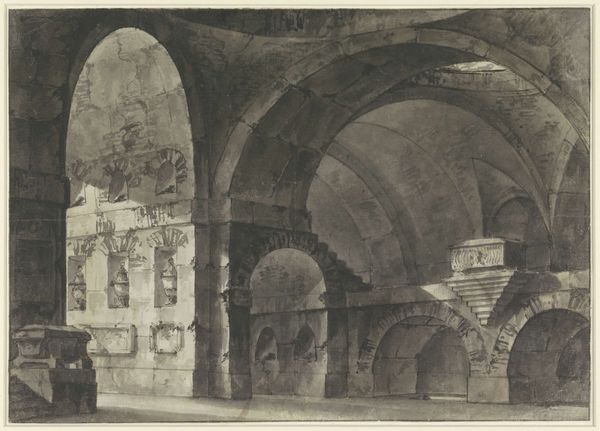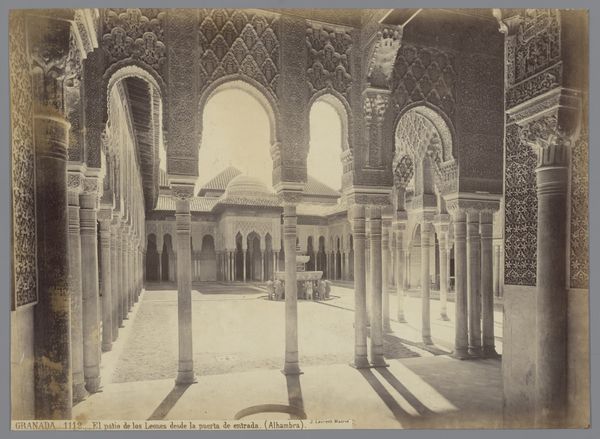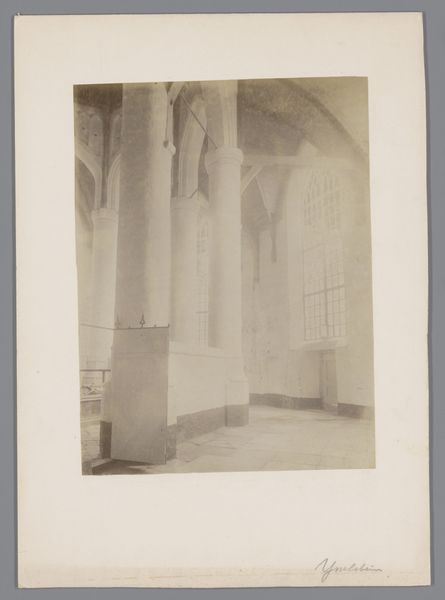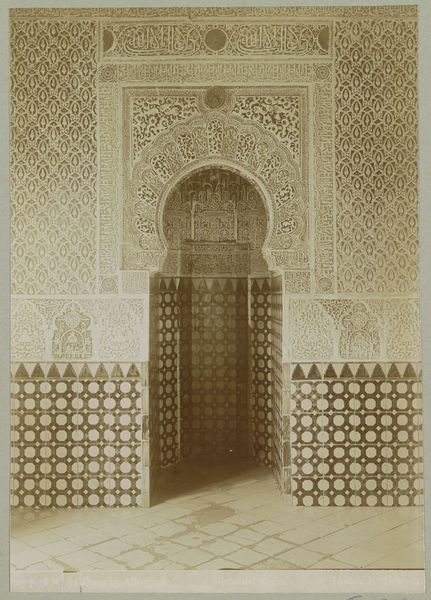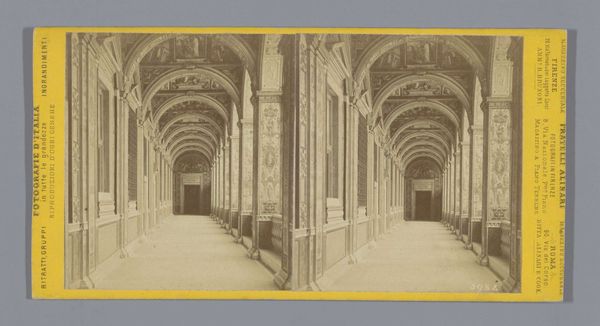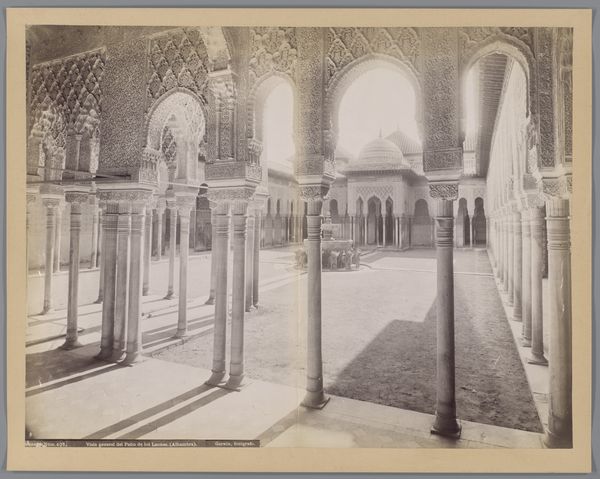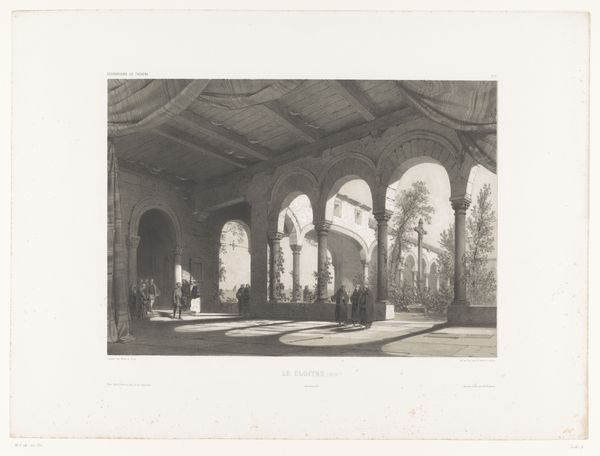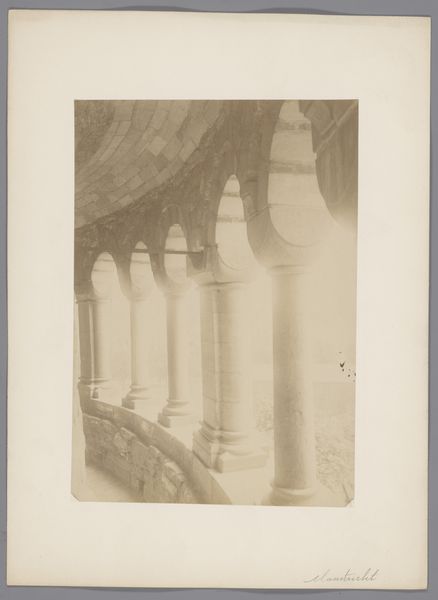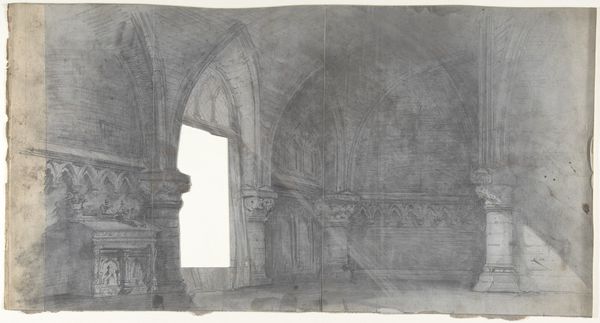
print, paper, photography
# print
#
paper
#
photography
#
historical photography
#
orientalism
#
islamic-art
#
statue
Dimensions: 28.2 × 38.6 cm (image); 28.9 × 39.1 cm (paper)
Copyright: Public Domain
This photograph, Palace Algeria, was captured by Gustave de Beaucorps using a process called the albumen print, which was popular in the mid-19th century. This process involved coating paper with egg white and then sensitizing it with silver nitrate, resulting in a sharp, detailed image. What’s interesting here is that the albumen print was a method of image production strongly associated with documentation and the burgeoning fields of ethnography. It captured architectural and cultural details, but also carried the weight of colonial power dynamics and the exoticization of non-Western cultures. It was a powerful tool for constructing perceptions of distant lands, making them knowable, and arguably controllable. The tonality and texture of the print add to this sense of distance, a world captured and carefully presented for consumption. Considering this photograph, it encourages us to think critically about the role of photography in shaping our understanding of other cultures, and the labour and social dynamics embedded within its production.
Comments
No comments
Be the first to comment and join the conversation on the ultimate creative platform.


